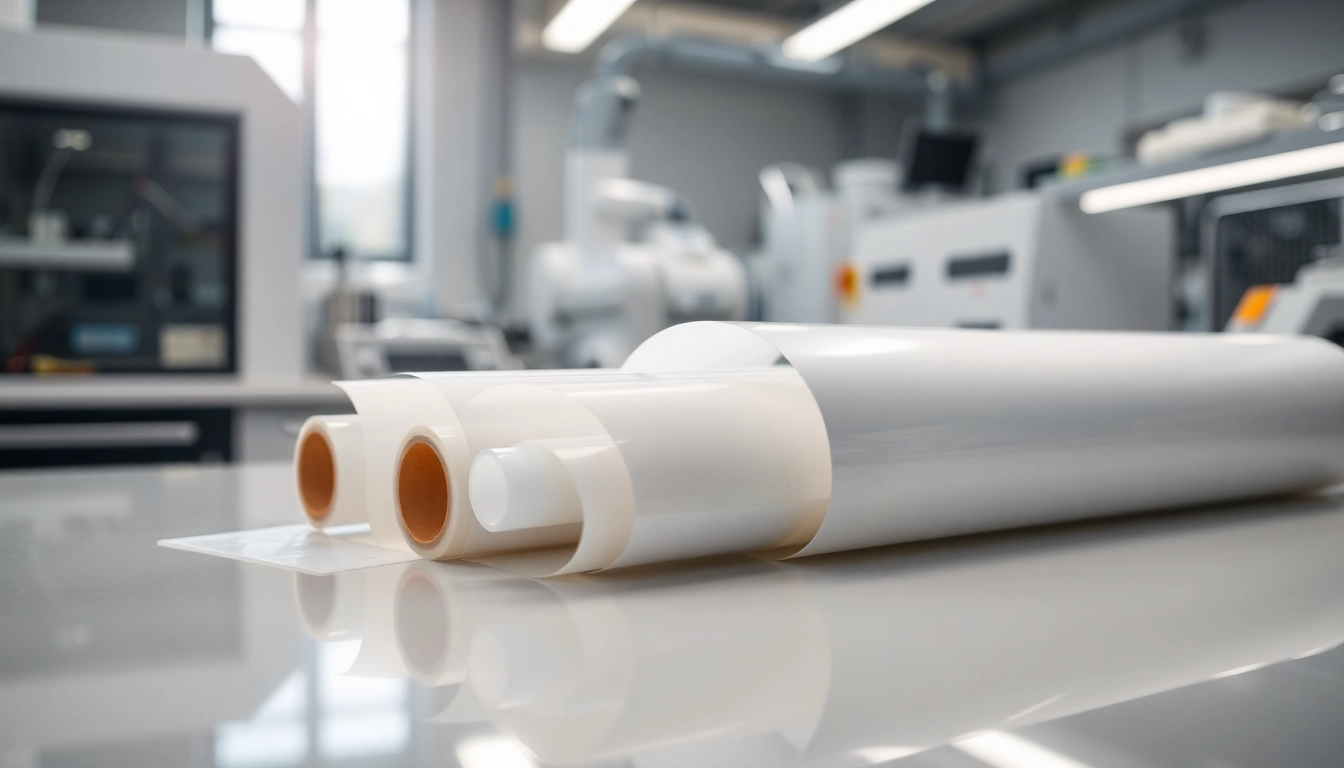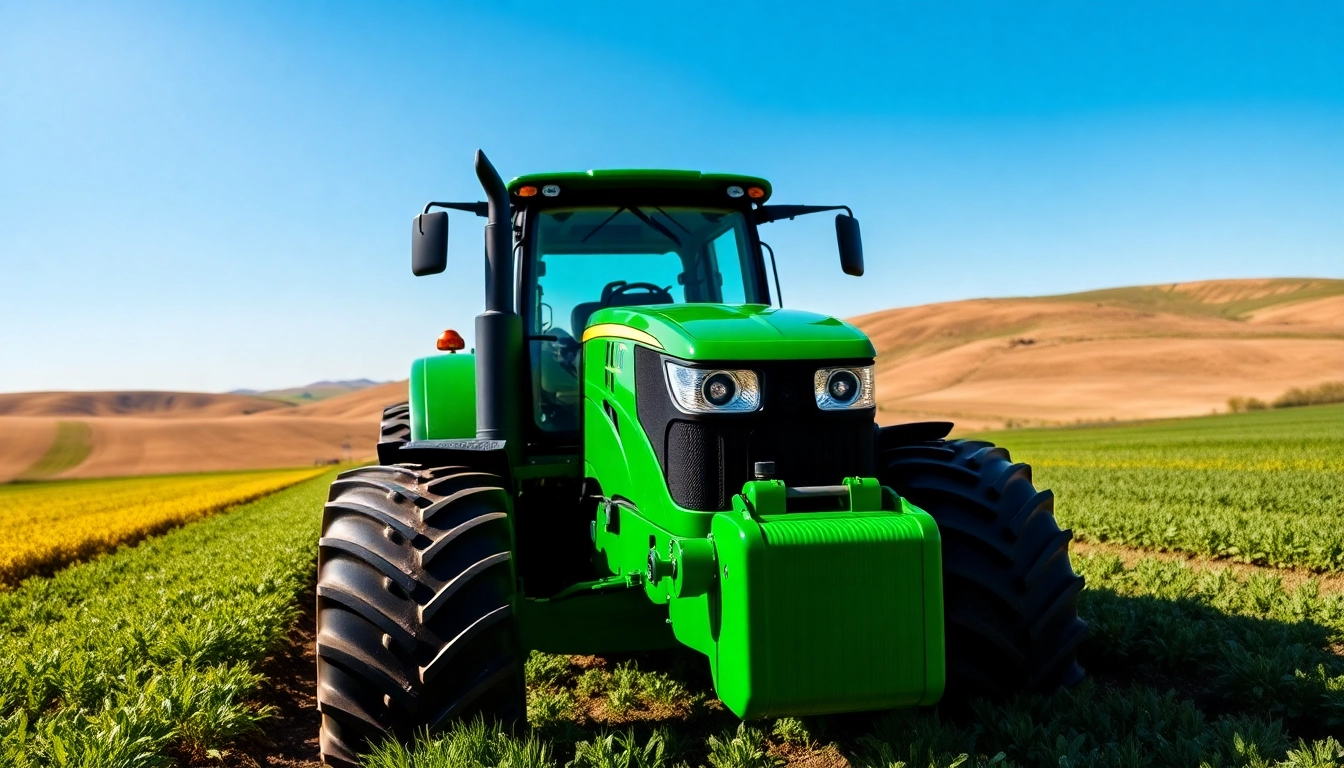Understanding Adhesive Films and Their Applications
What Are Adhesive Films?
Adhesive films are a specialized type of adhesive that come in a pre-formed solid layer backed by a carrier film. Typically used when clean and consistent bonding is necessary, these films are designed to bond two surfaces together when activated by heat or pressure. The pre-formulated nature of adhesive films simplifies the application process as they reduce the mess typically associated with liquid adhesives.
This unique form of adhesive is particularly prominent in industries such as aerospace and automotive, where precision and integrity of bond strength are critical. With advancements in technology, adhesive films can be engineered to meet diverse specifications, such as varying thicknesses and adhesive properties, tailored for specific bonding challenges. A comprehensive resource for learning more about the various adhesive films available can be found at https://www.makobond.com/adhesives-films.
Key Benefits of Using Adhesive Films
Adhesive films offer several advantages:
- Clean Application: Unlike liquid adhesives, adhesive films minimize mess and provide a controlled application process.
- Consistency: The uniform thickness ensures consistent bond strength across the joined surfaces, reducing the risk of weak points.
- Ease of Use: Adhesive films can be applied directly to surfaces, eliminating the need for additional mixing or application tools.
- High Strength: Many adhesive films are engineered to provide high peel and shear strengths, making them suitable for demanding applications.
- Thermal and Environmental Resistance: Advanced formulations can withstand extreme temperatures and harsh environmental conditions.
Industries Leveraging Adhesive Films
Adhesive films are widely utilized across various industries, notably:
- Aerospace: Used for bonding components in aircraft and spacecraft, where safety and reliability are paramount.
- Automotive: Essential for assembling vehicles, particularly for lightweight materials like composites that require strong bonding with minimal weight addition.
- Electronics: Employed for encapsulating components, securing displays, and ensuring moisture resistance.
- Construction: Useful in the bonding of materials for structural integrity in both commercial and residential properties.
- Marine: Provides solutions for bonding and sealing in wet or harsh environments, often seen in boat manufacturing.
Choosing the Right Adhesive Film
Factors to Consider in Selection
Selecting the right adhesive film is critical to the success of any project. Considerations include:
- Bonding Surface: The materials being bonded will dictate the adhesive’s compatibility.
- Mechanical Requirements: Higher strength may be necessary for load-bearing applications, which requires selecting films accordingly.
- Environmental Conditions: Temperature fluctuations, humidity, and exposure to chemicals can affect the adhesive performance.
- Application Method: The method of applying pressure or heat can influence which type of adhesive film is suitable.
- Regulatory Standards: Certain industries may have specific guidelines that the adhesive film must meet.
Comparing Adhesive Film Types
Understanding the various types of adhesive films is essential for making the right choice:
- Hot Melt Films: Activated through melting; best for rapid application.
- Pressure-Sensitive Films: Bond upon contact; require only pressure, often ideal for temporary applications.
- Heat-Activated Films: Require heat to bond; excellent for permanent connections.
- Repositionable Films: Allow for adjustments before full bonding occurs, useful for complex assemblies.
Application Techniques for Optimal Results
For effective application of adhesive films, several techniques are recommended:
- Surface Preparation: Ensure surfaces are clean and free of grease or contaminants for optimal adherence.
- Correct Temperature Application: Follow specified temperatures carefully to activate the bond without damaging the materials.
- Even Pressure Distribution: Use rollers or presses to apply consistent pressure across the entire adhesive surface.
Performance Metrics of Adhesive Films
Measuring Adhesive Strength
Adhesive strength is a critical performance metric that can be measured using various standardized tests:
- Peel Strength Test: Assesses the resistance of the adhesive when a force is applied to separate the bonded surfaces.
- Shear Strength Test: Evaluates the adhesive’s ability to resist sliding or shearing forces between the bonded materials.
- Tensile Strength Test: Measures the adhesive’s strength to resist deformation when subjected to a pulling force.
Evaluating Durability and Longevity
To understand how well adhesive films will hold over time, consider the following:
- Environmental Aging Test: Simulates long-term exposure to environmental factors such as humidity, temperature, and UV light.
- Dynamic Load Testing: Examines the performance under varying load conditions that mimic real-world applications.
Understanding Environmental Resistance
Adhesive films must be evaluated for their ability to withstand environmental conditions:
- Temperature Resistance: Understand the temperature range in which the adhesive maintains its properties.
- Moisture Resistance: Test for performance in humid conditions or when submerged in water.
- Chemical Resistance: Evaluate how well the adhesive film resists degradation from exposure to solvents and other chemicals.
Innovations in Adhesive Film Technology
Recent Advances in Adhesive Film Engineering
Innovation in adhesive film technology continues to evolve, focusing on enhancing performance and versatility:
- Smart Adhesives: Incorporate sensors to provide feedback on bonding integrity.
- Bio-Based Materials: Increasingly, manufacturers are exploring sustainable materials for adhesive films, which contribute to environmental goals.
- Thickness Variability: New techniques allow for adjustable thickness in real-time, providing users with better ways to bond materials.
Emerging Trends and Future Prospects
The future of adhesive films is promising, with evolving trends indicating shifts toward greater customization:
- 3D Printing: Adhesive films are being integrated into 3D printing technologies for improved bonding of complex shapes.
- Nanotechnology: Advancements in nano-coatings are expected to enhance adhesive properties at the molecular level.
- Integration with IoT: The use of interconnected adhesive solutions that monitor bond performance within smart systems is also on the horizon.
Case Studies: Successful Implementations
Examining successful case studies can highlight the practical applications and benefits of adhesive films:
- Aerospace Industry: Use of lightweight adhesive films in aircraft significantly reduced weight while increasing fuel efficiency.
- Automotive Sector: Applications in electric vehicles have shown enhancements in safety and reduced assembly times.
Best Practices for Using Adhesive Films
Preparation and Surface Treatments
Proper preparation before application is pivotal. Surfaces should be cleaned with appropriate solvents and abrasives to ensure the best bond. Additionally, evaluate the surface roughness, as textured surfaces may lead to improved mechanical interlocking.
Application Methods for Consistent Results
Consistency in application methods leads to predictably strong bonds. Whether using roll-on, spray, or manual application methods, maintain uniform pressure. Training team members on optimal application techniques can also yield significant improvements in overall adhesion quality.
Maintenance and Long-term Care Strategies
Long-term performance relies on proper maintenance. Regular inspections of bonded areas under operational conditions will help identify any potential failures before they become significant issues. Implementing proper handling procedures during manufacturing processes can further support the longevity of adhesive bonds.



